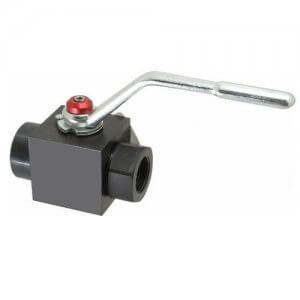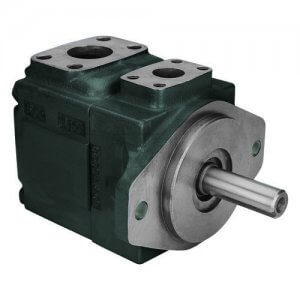Hydraulic ball valves are usually a kind of special stainless steel ball valves or carbon steel ball valves which are used in hydraulic industry, to control the fluid in the hydraulic systems.
Hydraulic ball valves are characterized by below features:
- Low fluid resistance, the full bore ball valve basically has no flow resistance.
- High pressure: the maximum working pressure can be up to 7500 psi (500 bar), depends on the sizes and connection type, because of this, hydraulic ball valves are also known as high pressure ball valves.
- Block body: different from the other types of ball valves such as 1 piece ball valves, 2 piece ball valves, three piece ball valves, fully weld ball valves and so on; the hydraulic ball valves body are in Square shape (Cuboids or cube). See in below picture.
- Leak-free and reliable. It has two sealing surfaces, and currently the ball valve sealing surface materials are mostly in a wide range of plastics, good sealing, can achieve a complete seal. It has also been widely used in vacuum systems.
- Hydraulic ball valves are with simple structure, small size, and light in weight.
- Easy to operate, fast to open and close, from full open to fully closed the rotation only is 90 degrees, so it is easy for remote controlling.
- Easy maintenance, ball valve structure is simple, the seal ring is generally active, and removal and replacement are more convenient.
- When fully open or fully closed, the sealing surfaces of the ball body and the valve seat are isolated from the medium. When the medium passes through, the sealing surface of the valve will not be eroded.
- Since the ball valve has wiping during opening and closing, it can be used in media with suspended solid particles.
- The end types of hydraulic ball valves to connect the hydraulic tubing usually are female BSP, NPT or UN/UNF thread, male ORFS connection or 24° cone connection.


